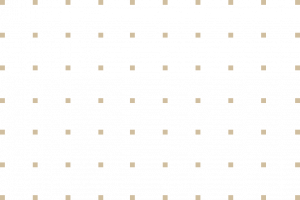Acne Scars
Unfortunately, delayed treatment and the severity of one’s acne play a significant role in the eventual extent of acne scars. It’s estimated that up to 50% of people with facial acne have some degree of clinical scarring. Acne scarring is basically a process of altered wound healing in response to inflammation.
Just to make things complicated there are multiple types of acne scars:
- Hypertrophied scars or keloid scars are elevated scars – they occur when there is a net gain of collagen in the dermis.
- Atrophic scars: there is a net loss of collagen in the dermis and these are indented (atrophic scars make up 80-90% of acne scars) and these can be divided further.
- Ice pick: these are the most common they are “v” shaped – they are wide at the surface and taper downwards to the dermis.
- Box car: these are wide or oval in shape, they have sharp edges. They can be shallow (<0.5 mm) or deep (>0.5 mm).
- Rolling scars: these are wavy in appearance at the surface because of underlying anchors between the dermas and the subcutaneous layers.
Fortunately, there are multiple tools in our arsenal to deal with acne scarring. I will touch briefly here on some options. As I always say there is not always a one size fits all treatment plan and different people may benefit from different modalities.
The basic principal in treating atrophic scars is to induce collagen deposition and try to fill that scar by remodelling.
Ablative laser: this type of treatment is traumatic to the skin and has a long recovery time (2 weeks or so) – these include 2940 nm Er:Yag laser and the 10,600 nm carbon dioxide laser. There is a high risk of pigment issues especially in darker skin types.
Non-ablative lasers: fewer side effects and shorter recovery times – multiple sessions are needed. Examples are the 1550 nm lasers.
Chemical peels: superficial, medium and deep. Superficial peels target pigment; thus, medium or deep peels are needed for the management of atrophic scars.
Skin needling: creates multiple punctures to damage the epidermis and dermis and thus stimulate collagen as part of the healing process.
Radiofrequency: uses the flow of electric current at the skin to heat up the derms – this is safer than lasers especially in darker-skinned individuals because melanin does not absorb radio frequency like it does light thus there is very low chance of hyperpigmentation.

